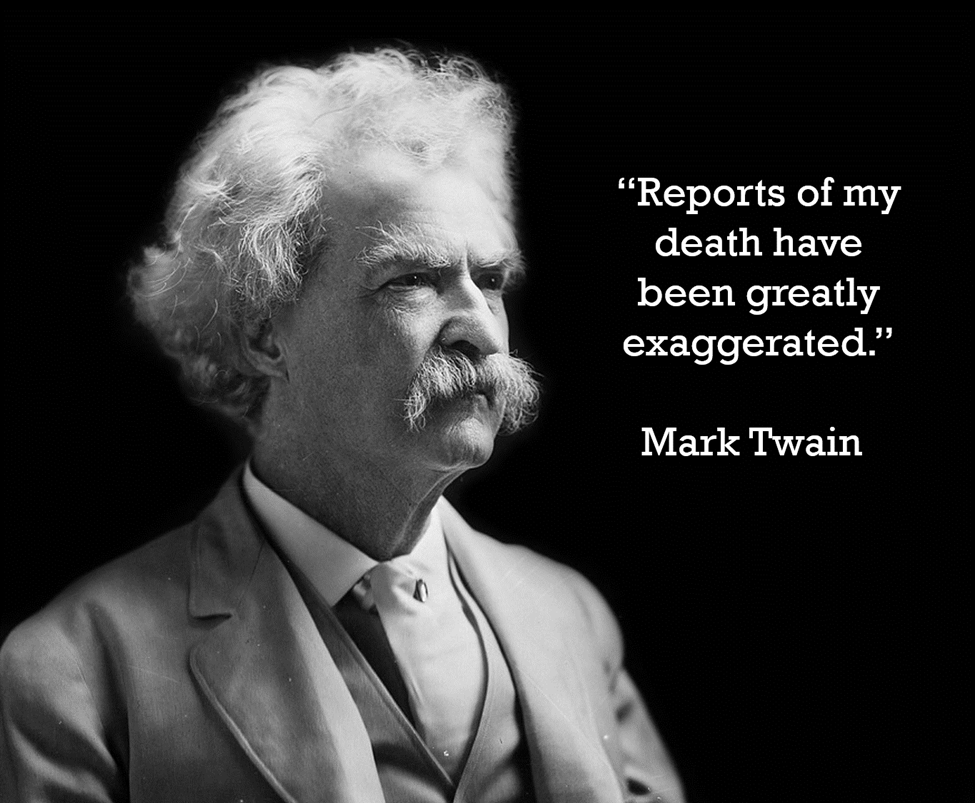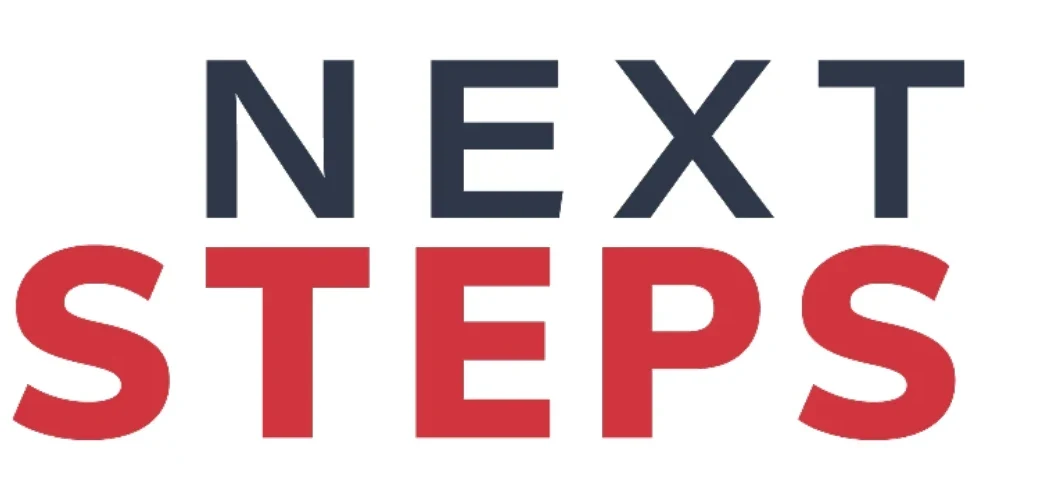
Recently I had the opportunity to see a presentation by Alan Macguire. Macquire is an honored veteran to Arizona policy, having helped usher in both the state’s equalized funding formula in 1980 and the state Medicaid program.
The below chart seemed striking, given the ubiquity of rhetoric regarding the “death of public education.” The slide shows enrollment trends from Arizona since 1980, the green line Macquire labeled “public” can be understood as district enrollment, and the end of each line involves projected enrollment. Arizona has been expanding choice since 1994, ranked No. 1 in overall K-12 choice in 2001, and again in 2022.
If you were going to find any evidence of public education mortality, Arizona would be the place to start. Behold: the “death” of public education:

Arizona district enrollment peaked in 2007 and has been flat or modestly declining since. While district enrollment is down slightly, total district funding has increased substantially.

If you squint at the chart, you’ll find district funding going up even as their enrollment count declined, a strange way indeed to “destroy.”
Did I mention the part where Arizona students had the highest rate of academic growth as measured by the Stanford Educational Opportunity Project in Grades 3-8 between 2008 and 2018? In fact, if you track the rate of academic growth for both middle/high-income students and low-income students, you’ll never guess which of these 100 groups had the fastest average rate of academic growth:

Arizona’s middle/high income students came in second place, second to only Arizona low-income students. Color me hopeful that, spurred on by a demand-driven education system, Arizona will soon have some competition from the other states adopting universal choice.



